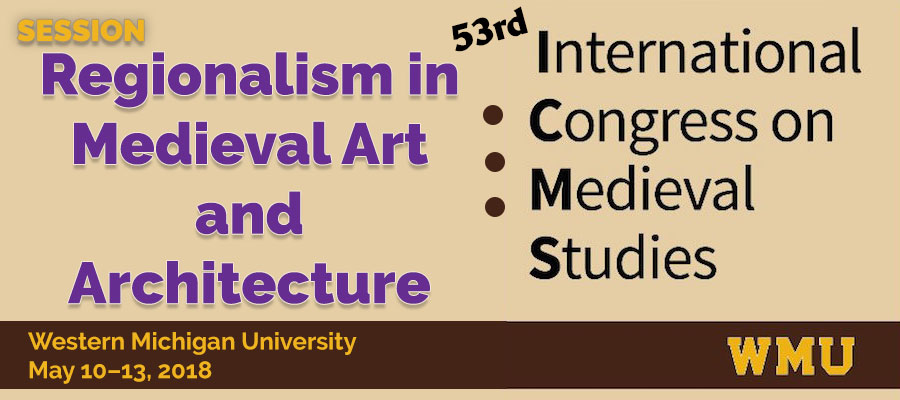Regionalism in Medieval Art and Architecture, 53rd International Congress on Medieval Studies, Western Michigan University, May 10–13, 2018
Submissions due September 10, 2017
In 2001, Eva Hoffman introduced the concept of portability, suggesting a style that transcended traditional geographic, cultural, and religious boundaries. Since then, studies of traveling objects, trade networks, and pluralistic communities have created a veritable new field of the “Global Middle Ages,” which has helped us to better understand the interconnected medieval past as well as its role in shaping our sense of place today.
Our panel seeks to consider how local identity was shaped by such global networks. Potential questions include: Are artistic or architectural styles connected to specific places for specific reasons? Were medieval artists conscious about their own regional styles and the social, political, and religious impact they had? How was art positioned to both create communities and delineate boundaries? What about the rise of the “International Gothic” towards the end of the Middle Ages? Our concerns are also temporal, such as how the use of historicizing motifs and spolia helped medieval artists to communicate something about the here and now.
Session organizers
Mark H. Summers, University of Wisconsin, Madison
Andrew Sears, University of California, Berkeley/University of Bern)
Sponsored by the International Center of Medieval Art (ICMA) Student Committee
